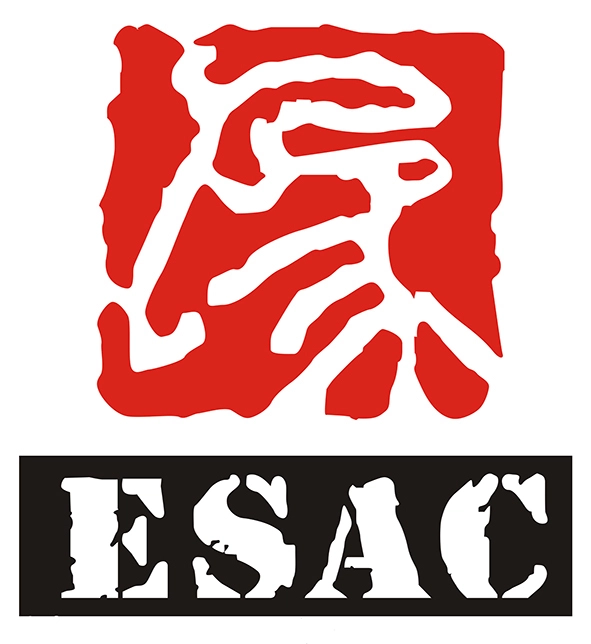5,000+ Entertainment Design Cases, 20+ years Amusement Industry Experience - ESAC Design Sales@esacart.com+086-18024817006
What Makes Indoor Playground Design Successful For Kids?
Indoor playgrounds have become increasingly popular among kids and parents as a safe and fun environment for children to play and explore. However, not all indoor playground designs are created equal, and there are certain elements that contribute to a successful indoor playground experience for kids. In this article, we will explore what makes indoor playground design successful for kids and why these factors are essential for creating a space that is enjoyable, engaging, and safe for children of all ages.
Engaging Themes and Interactive Features
One of the key elements that make indoor playground design successful for kids is the incorporation of engaging themes and interactive features. Kids are naturally drawn to play spaces that offer imaginative and creative play opportunities, and incorporating themes such as jungle adventures, space exploration, or underwater worlds can capture their imagination and encourage active play. Interactive features such as climbing walls, slides, tunnels, and ball pits provide kids with opportunities to explore, move their bodies, and engage in physical activity, which is essential for their overall health and development.
Safe and Secure Play Equipment
Another critical aspect of successful indoor playground design for kids is the inclusion of safe and secure play equipment. Safety should always be a top priority when designing an indoor playground, as parents need to feel confident that their children are playing in a secure environment. Play equipment should be designed and installed according to safety standards and regulations, with proper padding, guardrails, and soft surfaces to prevent injuries. Regular maintenance and inspections of play equipment are also essential to ensure that it remains in safe and working condition for children to enjoy.
Age-Appropriate Play Areas
Indoor playgrounds that cater to children of all ages can be challenging to design, as each age group has different needs and interests when it comes to play. Successful indoor playground design considers the developmental stages of children and creates age-appropriate play areas that offer a variety of activities for kids of different ages to enjoy. For example, toddlers may benefit from soft play areas, sensory experiences, and simple climbing structures, while older children may prefer more challenging obstacles, interactive games, and creative play opportunities. By dividing the indoor playground into separate zones for different age groups, designers can create a safe and engaging play environment that meets the needs of all children.
Accessibility and Inclusivity
Inclusive design is essential for creating a successful indoor playground that is accessible to children of all abilities and backgrounds. Indoor playgrounds should be designed with inclusivity in mind, providing features and play areas that are accessible to children with physical disabilities, sensory sensitivities, or other special needs. Designers can incorporate ramps, sensory-friendly elements, and quiet spaces into the playground layout to ensure that all children can participate and enjoy the play experience. Inclusivity also extends to cultural diversity, with themed play areas that celebrate different cultures, traditions, and languages to create a welcoming and inclusive environment for all children.
Engaging Playground Layout and Flow
The layout and flow of an indoor playground play a significant role in the overall success of the design, as it can impact how children move through the space, interact with others, and engage with the play equipment. Successful indoor playgrounds are designed with a clear and intuitive layout that allows children to navigate the space easily, find their way to different play areas, and explore new activities. Creating a visually engaging environment with bright colors, playful signage, and themed decorations can enhance the overall experience and encourage kids to stay longer and play more actively. Designers should also consider the flow of traffic, sightlines, and seating areas for parents to ensure that the indoor playground is both functional and enjoyable for all visitors.
In conclusion, successful indoor playground design for kids involves careful consideration of engaging themes and interactive features, safe and secure play equipment, age-appropriate play areas, accessibility and inclusivity, and an engaging playground layout and flow. By incorporating these elements into the design process, designers can create indoor playgrounds that are not only fun and exciting for kids but also safe, inclusive, and welcoming to children of all ages and abilities. Indoor playgrounds play a crucial role in promoting active play, social interaction, and sensory experiences for children, and it is essential to create spaces that inspire creativity, imagination, and exploration. Next time you visit an indoor playground, take a moment to observe the design elements and features that make it successful for kids, and consider how these factors contribute to a positive play experience for children of all ages.






